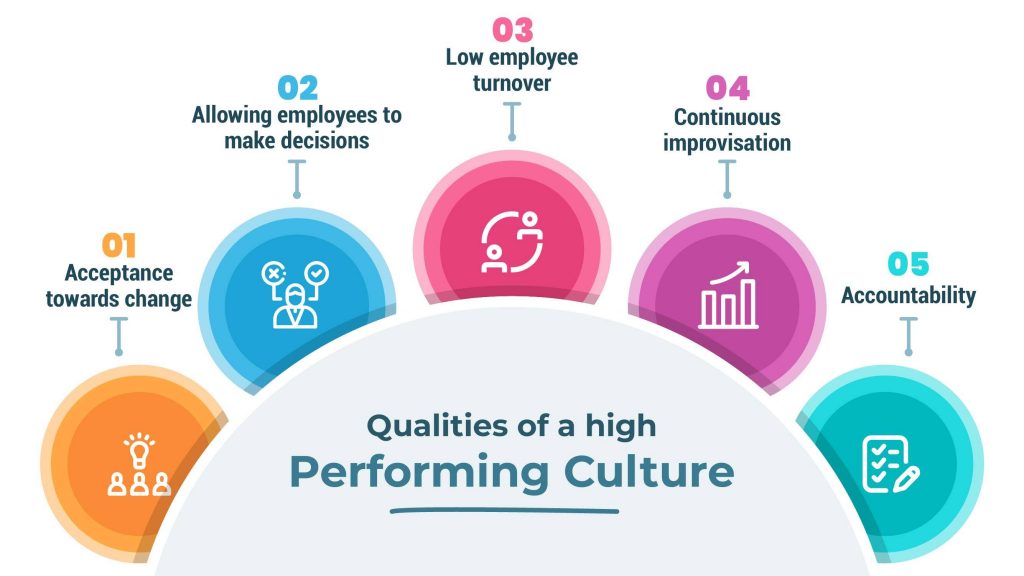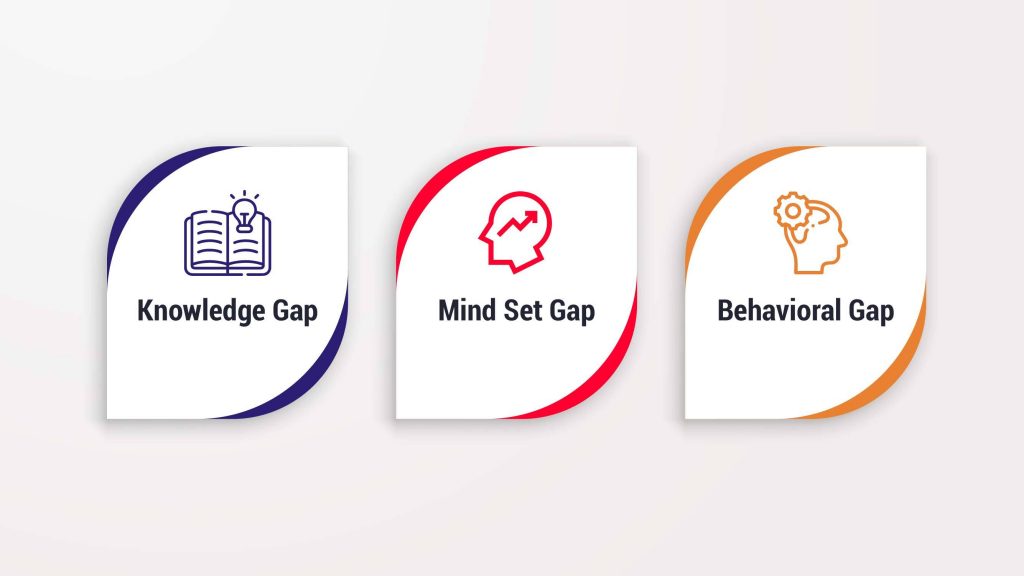How To Build a Culture That Performs

Imagine words like toxic, unethical, and discouraging associated with your company. Sounds like all goodwill invested is being neglected? That’s true. This is why culture matters and for the same reason all top companies are continuously looking for ways to cultivate perfect company culture. Some companies believe in casual culture while some follow a formal culture. Some follow a properly defined hierarchy while some have a team-first approach where everyone is on an equal level.
Define Company Culture
Before we get into the details of how to build a performing company culture, let us first understand what company culture means. Also termed organizational culture or workplace culture, it refers to the behavior and attitude of the organization and its people. The way a company’s employees interact with each other and the values they hold impact the decisions they make. A company’s culture is a combination of various elements like its vision, mission, values, work environment, leadership style, expectations, goals, etc.
Defining a proper company culture becomes very important as it indirectly defines what kind of people are likely to fit in. When employees fit in well, they tend to be happier, which would be reflected in an increase in their productivity. On the other hand, if they don’t fit in they are likely to take less pleasure in the work. A culturally connected employee is also willing to go the extra mile and stay with the company longer. This also reduces the turnover and new hiring costs.
Qualities of a High-performing Culture
When an employee enjoys their work and connects to their workplace, they look forward to going to the office, and not simply dragging themselves. Among the current generation, company culture is a major point while hunting for a job. With the evolution of the modern workplace, employees dig into the workplace culture and consider it as one of the decision-making factors. Healthy company culture is inclusive of certain qualities like:

- Acceptance towards change: Every organization should be willing to change its mindset & attitude, which will define the culture. The lead should start with the CEO and c-level management, by focusing on transforming mindset towards growth and innovation. They should encourage the team to be ready to be pushed outside their comfort zone. With this, the culture can be defined by the ability of the individuals.
- Allowing employees to make decisions: To foster good company culture, the management should allow the employees to empower themselves. When the employees hold the decision-making power, they get more cautious about their surroundings and identify the loopholes in the process to fix them.
- Low employee turnover: A huge number of resignations can also be directly linked to bad company culture. With a positive culture employees usually have no or less intention to leave. However, when an employee doesn’t feel connected, they tend to quit in a shorter time, or even if they stick around, they might constantly complain about the work and environment.
- Continuous improvisation: Constant up-gradation is important when it comes to establishing a good work culture. The management should also keep an eye on measuring the progress employees are making.
- Accountability: In a progressive work culture, not only the leaders but every member hold accountable. Everyone is given the ownership of their roles, and independently set their targets that align with the organizational goal. When the employees feel accountable they feel appreciated and acknowledged.
How to Set Up a High-performing Culture
“Take care of the employee and they will take care of the business”- Everyone preaches this, but no one ever did tell them how to take care of them. The major part lies in being able to let them be themselves in the company. Allowing them to have control over their time in the office, will support good company culture. Here’s our take on how to establish a high-performing culture:

- Open Communication: An organization with an open and transparent communication flow always has a vibrant atmosphere. The communication should be unbiased and open, irrespective of the discussion topic. But it doesn’t mean that everyone should know everything. Certain details that are meant to be kept confidential are meant to be kept so. Apart from that, ensure a smooth communication flow right from top management, to entry-level employees. A good communicator can make it to being a good employer.
- Reinforce Positive Attitude: Keeping negativity away from the office is the first step toward creating a better workplace. A positive attitude is all it takes to boost the team. Employees can be motivated by constant appreciation, which will increase their self-esteem.
- Empowerment: Trusting employees with their capabilities and decisions will impact them positively. Work towards enabling employees to reach their full potential and explore their possible growth. Communicate the vision clearly and provide them the required training, along with the freedom to supervise their work.
- Promote feedback process: Positive two-way feedback is a key factor in a positive culture. Allow the employees to give feedback about anything in the company- process, their supervisor, colleagues, or the top management. Also, train them to be open to accepting positive feedback and implement the suggestions in their day-to-day work. Show them that their feedback is taken seriously and how they can achieve the desired change.
- Focus on what matters: While there can be 100s of suggestions regarding the changes which can be brought in, choose the ones which actually matter to the organization. Don’t confuse culture for perks and incentives. Culture in the right terms means room for growth, avoiding office politics, establishing a sense of purpose, and supportive leadership.
How Atliq Technologies Have Set an Exceptionally Well-performing Culture:
At AtliQ Technologies, we believe in the people-first approach, which has allowed us to grow all way long. We have built a high-performance culture, keeping in mind the high-performance culture characteristics and making sure that we don’t miss out on anything which can bring down our culture. We identified three major gaps in an organization and have structured ourselves to bridge them. Three major issues while establishing a culture can be:

- Knowledge Gap: Employees lacking knowledge about the organization’s culture
- Mind Set Gap: Employees don’t believe in the organization’s culture
- Behavioral Gap: Employees don’t engage with the organization’s culture
We understand that it is important to close not only one but all three gaps. How do we do that? We start it right from our interview process, where our recruitment team ensures that they are well versed with our culture and are willing to be a part of it. We believe that the alignment of these factors is very important to achieve higher performance and a positive reputation. Typically companies do a yearly survey on culture satisfaction while we at AtliQ Technologies conduct it quite frequently. We have shifted to an employee-led culture survey, which monitors how the people interpret and experience the culture. We have removed the culture translation barriers by moving ownership to employees themselves. An ideal way through which we achieved this was by using a peer recognition system and empowering them to be a part of the change.




